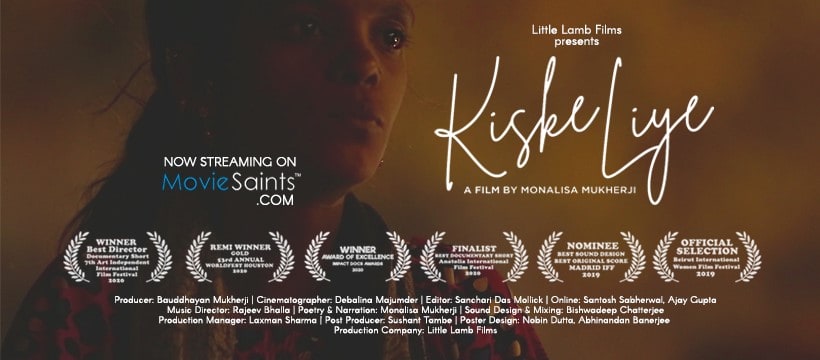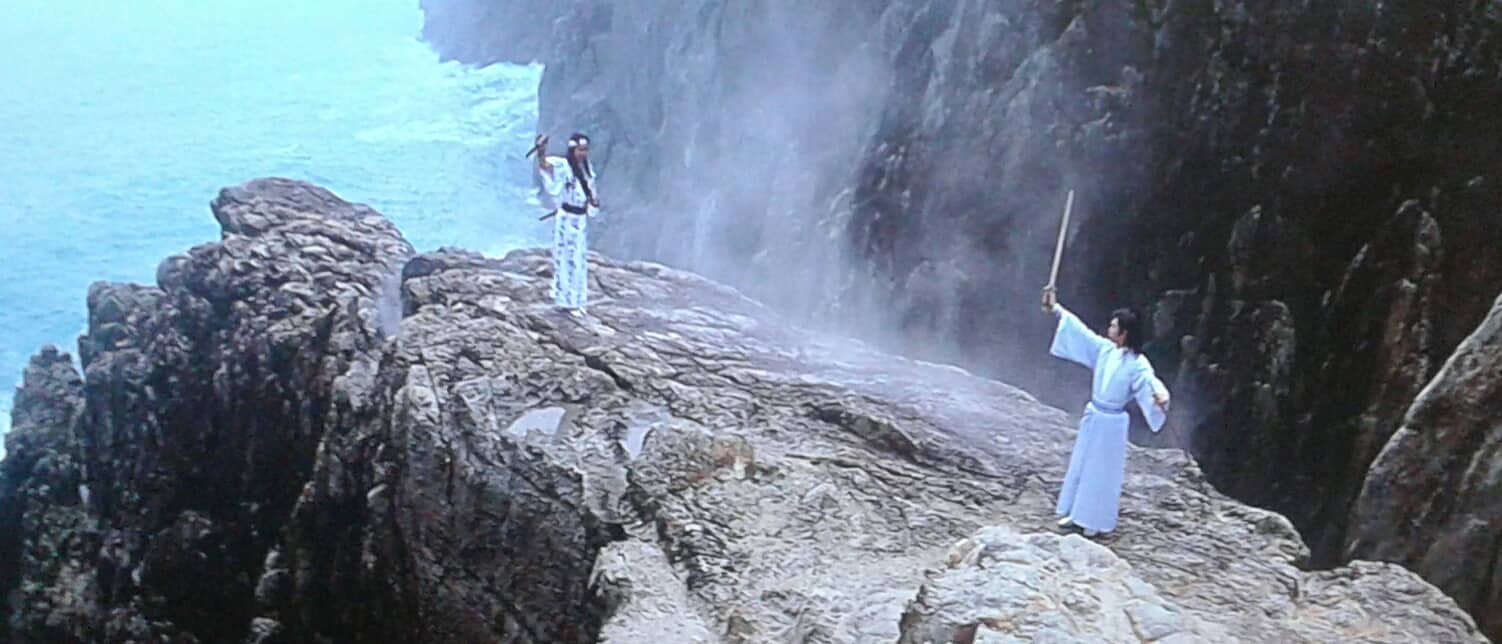The Scotiabank theater was packed at the world premiere of “To Kill A Tiger,” the latest in independent filmmaker Nisha Pahuja's oeuvre. Though Pahuja is based in Toronto, her work has often ventured into the Indian subcontinent. Her debut documentary, “Bollywood Bound” (2002), follows four Indian Canadians in their pursuit of stardom. Her second, “The World Before Her” (2012) explores the feminine ideal in beauty pageants and Hindu nationalism. Now, in her latest, she takes a deep, hard look at local standards of masculinity. “To Kill A Tiger” daringly interrogates age-old customs in favor of human rights, questioning the very basis of fairness in a modernizing country.
To Kill a Tiger is screening at Toronto International Film Festival

Pahuja begins the film with an introduction to Ranjit, a poor rice farmer. He tells the camera crew about the heinous crime committed against his 13-year old daughter, “J.” One night after a wedding in Jharkhand, he recalls, she was dragged into the woods and sexually assaulted by three teenage boys. Normally, he admits, fathers would turn a blind eye to the incident. As the resident villagers affirm, tradition dictates that she should marry one of her rapists, so as to maintain her family's dignity. Ranjit cannot bear to allow his beloved daughter to be re-traumatized by her predators, however. With the help of the Srijan Foundation, a non-governmental organization dedicated to gender rights advocacy, he takes J's case to court. Pahuja and her team thus follow this phenomenal act of love and justice over the next fourteen months, recording Ranjit's fierce defense of his daughter's honor.
During the Q&A following the film, the extended attention on Ranjit over J was a natural outcome of Pahuja's larger project on Indian masculinity. In this way, Pahuja cleverly elides probing into J's deeper trauma, maintaining a distance between her fragile filmed subject and herself. This focus also allows Pahuja room to focus on the inexplicably arrogant logic of the other local men. She juxtaposes, for example, unapologetic conversations of the boys' fathers in comparison to Ranjit. Both parties speak out of love for their progeny and thus do not see that their children are to blame; both parties blame the other family for targeting their children. These discussions reveal anecdotal evidence of how many in the land are against, if not puzzled, by Ranjit's call to action. Furthermore, Pahuja's generous allowance allows time for the viewer's blood to boil. In capturing each point-of-view, she reveals the insidiousness of the excuse of “cultural difference.”
In the scope of a larger project on masculinity, these indulgent insertions are important. Pahuja, after all, uses this footage to show what exactly Ranjit and J are up against. At the same time, however, the extended circular conversations about J's fate feel agonizingly long. As if to parallel Ranjit and J's wait time for their legal appointment, Pahuja slows down the pace of the movie with the flood of discouragement. It is little wonder then that the “To Kill A Tiger” clocks in at 125 minutes long. Like the legal system, the film bides its time.
As Pahuja's team lingers upon the case's many perspectives, she finds time to flesh out Ranjit as well. This, I find, is especially encouraging. Ranjit is not a perfect subject; despite his bravery, he is not a born hero. Pahuja includes footage of the Srijan Foundation correcting his own language about his daughter. J is not “unclean,” they remind him; she is wronged. In these banal exchanges, one witnesses how Ranjit's convictions not only become stronger, but more eloquent over time. His intense desire to seek reparations highlight a paradigm shift within the individual. Ranjit is not born exceptionally brave. Instead, he has had to learn and grow into it for the sake of those he loves.
In this way, “To Kill A Tiger” is an empowering documentary. The dark subject matter is difficult to swallow, but Pahuja's optimism is clear in the production. She presents a linear story arc of a 14-month trial, enabling her to record from a clear before and after of the men around J's case. Her film is remarkable for its significance beyond highlighting sexual abuse and its consequences. In a world of where increasingly conservative mindsets feel near immovable, Pahuja reveals that there is always a capacity to change. In her meditation on Ranjit, she reveals that where there is a will, there is always a way.
















